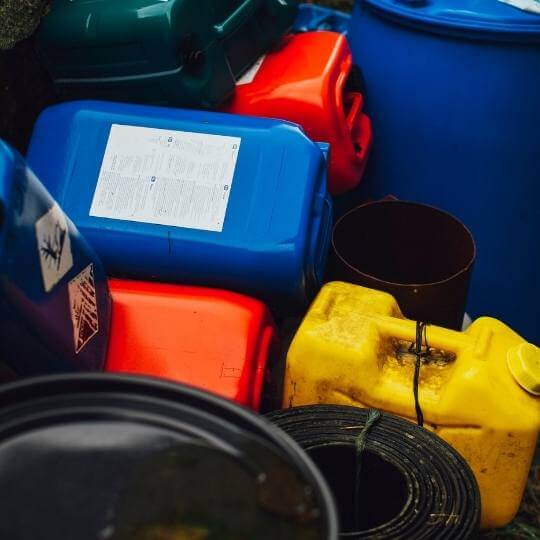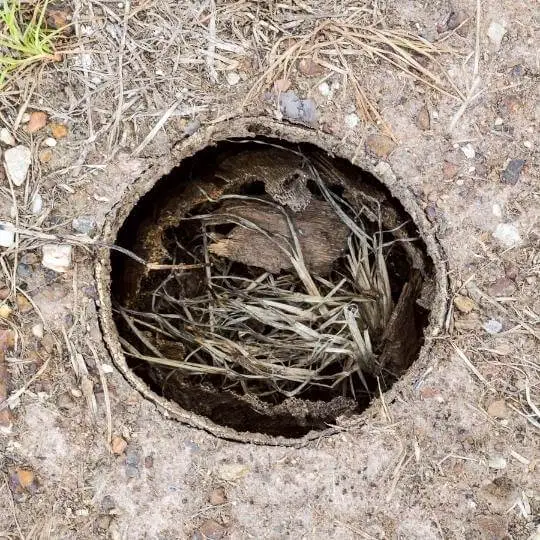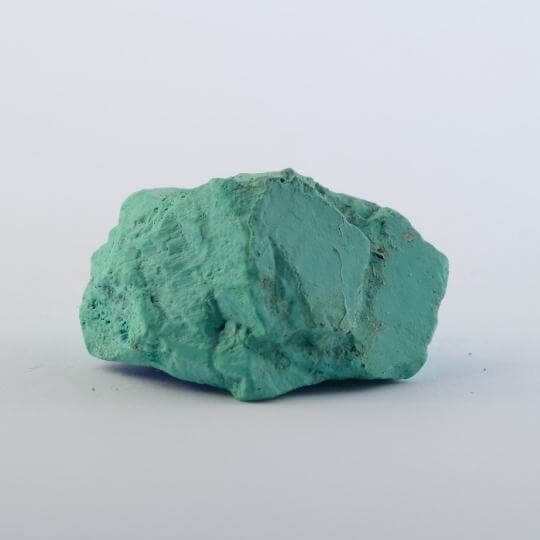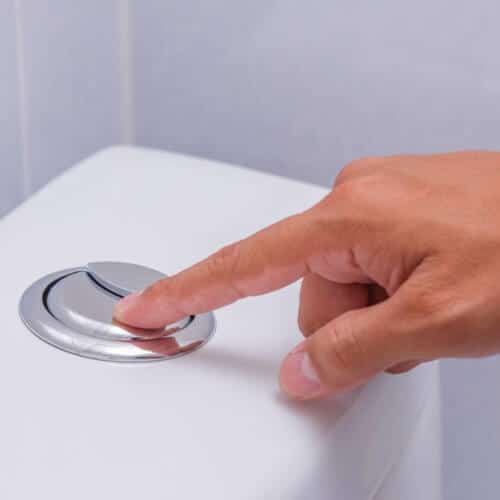Tree roots can wreak havoc in your pipeline system, which is why it is extremely important to get rid of them as soon as they start going wild. Luckily, you have two great options here – foaming root killers and copper sulfate that are both super-efficient with killing nasty tree roots. The best thing about foaming root killers and copper sulfate products is that they won’t harm the soil or the foundation of your home. However, which one is better, foaming root killer vs copper sulfate, and can we have a clear winner here?
Today, we are talking about several more related topics – how to make a foaming root killer yourself, does copper sulfate kill roots, and how to use copper sulfate root killer?
What Are Foaming Root Killers?

Foaming root killers are products used for destroying roots and preventing them from growing larger in your pipeline or your septic tank. FRK or foaming root killers destroy all the roots that happen to be found in your sewer line. As their name suggests, foaming root killers produce loads of foam that affect the root and ensure the flow through your pipeline is unobstructed.
If you want to improve the efficiency of any foaming root killer, all you have to do is mix it with lot of water. When foaming root killer is mixed with water, it destroys the roots and flushes them, making sure your pipes are free of obstructions. It takes 2 to 7 days to dissolve tree roots using a foaming root killer. You can re-apply this solution at the same time every year to make sure no new roots are growing in your pipes.
How to Use Foaming Root Killers?

You can pour the foaming root killer down the toilet and flush it with several buckets of water. This way, you will make sure the product reaches all the roots. On the other hand, if you think the problem is in the underground pipeline, we suggest you dig 3 to 5 small holes around it, then place tubes into each hole, pour foaming root killer, and boiling hot water into each of these tubes.
How to Make Foaming Root Killer?

To make a foaming root killer at home, mix vinegar, baking soda, and table salt (a cup of each) and pour some boiling water over the mixture. Pour all this down the toilet immediately and flush it multiple times. In just a few seconds, you will start hearing the sounds from your pipeline – once your homemade solution starts filling the pipes and killing tree roots.
Learn more about it here – homemade root killers for sewer lines.
What Is Copper Sulfate?

Copper sulfate [1] is an inorganic product made from copper and sulfur used for getting rid of snails, fungi, bacteria, and plants, including tree roots. This strong chemical product can be found in 3 forms – crystal, dust, and liquid. Not all copper sulfate products contain the same amount of copper. The ones that have a higher content of copper are more powerful and more efficient with killing tree roots.
You can use any form of copper sulfate to kill the unwanted roots, however, be careful when applying it in the pipeline. You want to add the right amount of copper sulfate and do it the right way so the product reaches all the roots, kills them, and restores the optimum flow in your pipes. When we say you should apply the product the right way, that means you should mechanically clean your pipe first and then perform the copper sulfate treatment. Otherwise, if copper sulfate is not able to reach all the roots, it won’t be able to kill them.
The good thing about copper sulfate is that you can use it without worrying whether it would destroy natural bacteria living in your cesspool or septic tank while it doesn’t affect ground cover or surrounding trees either. We have talked about cesspool and septic tanks in another blog so make sure to check it out!
Killing tree roots using copper sulfate can take anywhere from 2 days to 14 days, which depends on the location of the roots in your pipe and the severity of the blockage. So, does copper sulfate kill roots? Yes, absolutely, with a small delay!
How to Use Copper Sulfate Root Killer?

To kill tree roots with copper sulfate, pour ½ cup of the product into your toilet, then flush it. Remember not to pour copper sulfate into your shower or sink, otherwise, this strong chemical may start eroding your pipes. Wait for about 10 minutes, then pour some more copper sulfate into the toilet and flush it. After you’ve completed the copper sulfate treatment, open the bathroom window and leave it like that for one hour to make sure all the fumes are out.
Note that your pets, if you have dogs or cats, should be out of the house during this time since copper sulfate’s fumes can be extremely irritating to animals. When you come back home, flush the toilet once. It could be that the first application already brought some results but it could also be that you should repeat the process several more times. Remember that it takes some time to notice major changes because copper sulfate typically doesn’t bring immediate results.
Foaming Root Killer vs Copper Sulfate
Let’s make a full comparison now, which one is better – foaming root killer vs copper sulfate?
1. Ingredients
Copper sulfate, as we already mentioned, is a chemical product that contains sulfuric acid and copper compounds. Dichlobenil [2] is the main component of foaming root killers.
Also, it is worth mentioning that copper sulfate is an outdated root killing agent while foaming root killers are modern solutions for this problem.
2. Reaction
Foaming root killers create a fizzy reaction when they come in contact with water. Copper sulfate, when it comes in contact with water, turns into heavy metal. Foaming root killers stick to the top of the pipe while copper sulfate goes to the bottom of the pipe where the flow in the pipe slowly moves it out.
3. Efficiency
Foaming root killers seem to be more efficient than copper sulfate, as long as there is at least some flow within the pipe. Foaming root killers take two to three times less time to kill the roots than copper sulfate. Copper sulfate does kill the roots but definitely takes more time to take effect.
4. Safety
Foaming root killers are completely safe for the pipes, which we can’t say for copper sulfate. If used in excessive amounts, copper sulfate can make the pipes corrode since it is harmful to brass, iron, and chrome while it can also burn plastic pipes easily. To prevent damages, do not use copper sulfate more than two times per year. Also, copper sulfate fumes are dangerous to breathe in, which doesn’t apply to foaming root killers.
5. Price
Foaming root killers are a budget-friendly alternative to copper sulfate.
To conclude – both products are efficient with killing tree roots, but the latter costs more and takes longer to work.
Summary
So, foaming root killer vs copper sulfate?
It depends, although the foaming root killer is a better choice if you have a septic tank and a drainage channel. Also, foaming root killers can kill tree roots within 7 days maximum, while copper sulfate may take up to 4 weeks to do the same job while not being as safe for use as foaming root killers.
Lastly, you might want to take a look at our best root killer for sewer lines, just in case you want to go for a tested-and-tried solution.

Michael Davis is a heating & plumbing expert who currently works as independent contractor in SC. He also writes for Plumbertip.
For almost 10 years he worked on various plumbing tasks across South Carolina.


